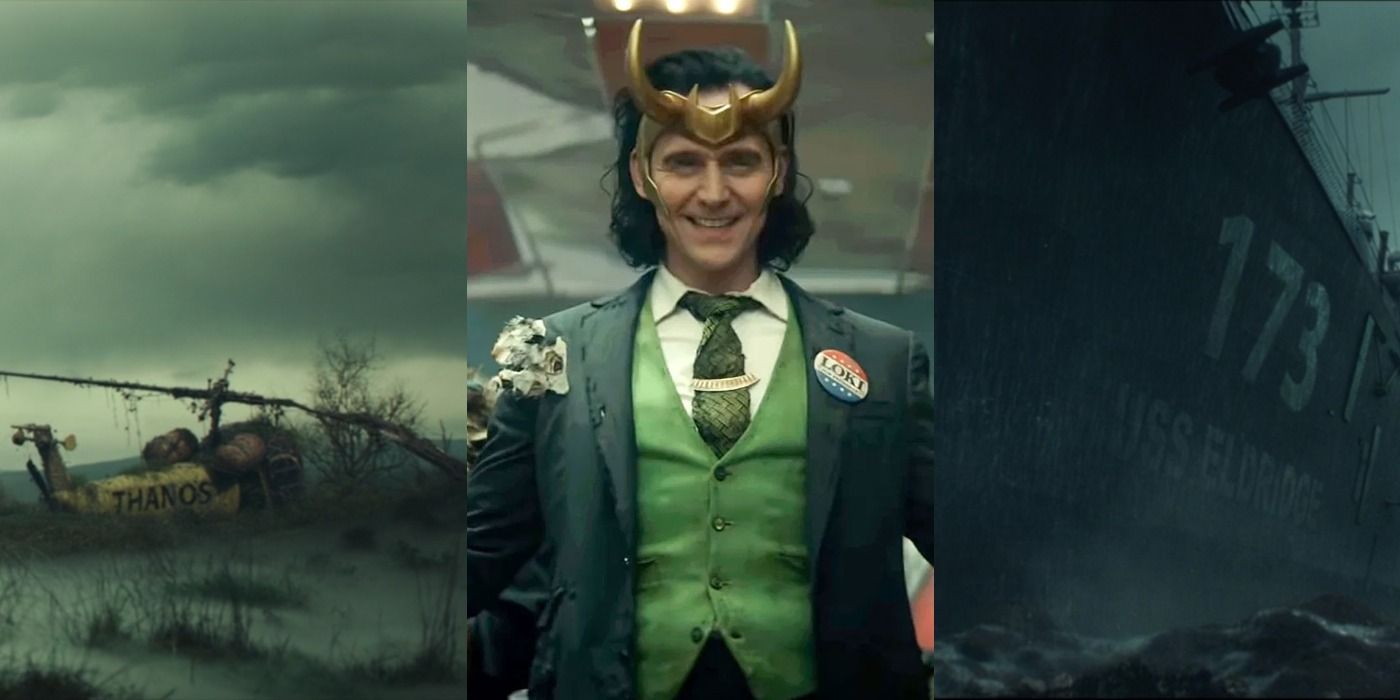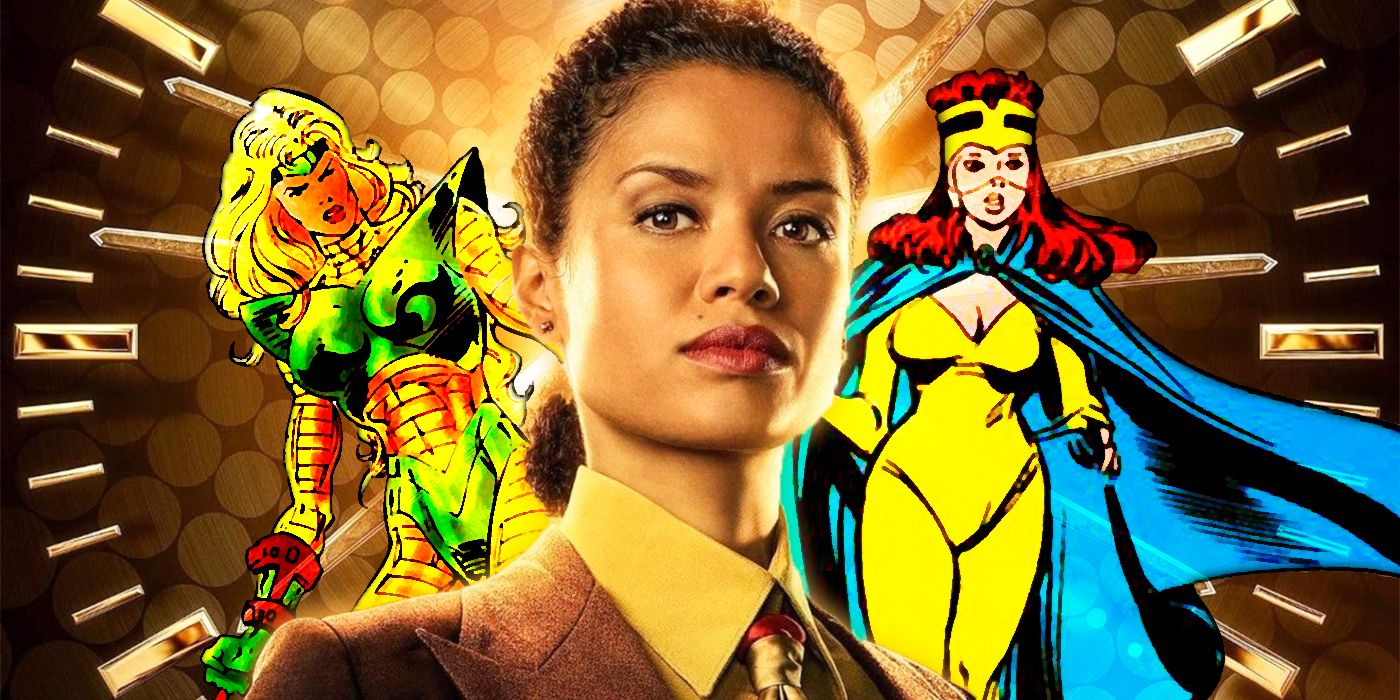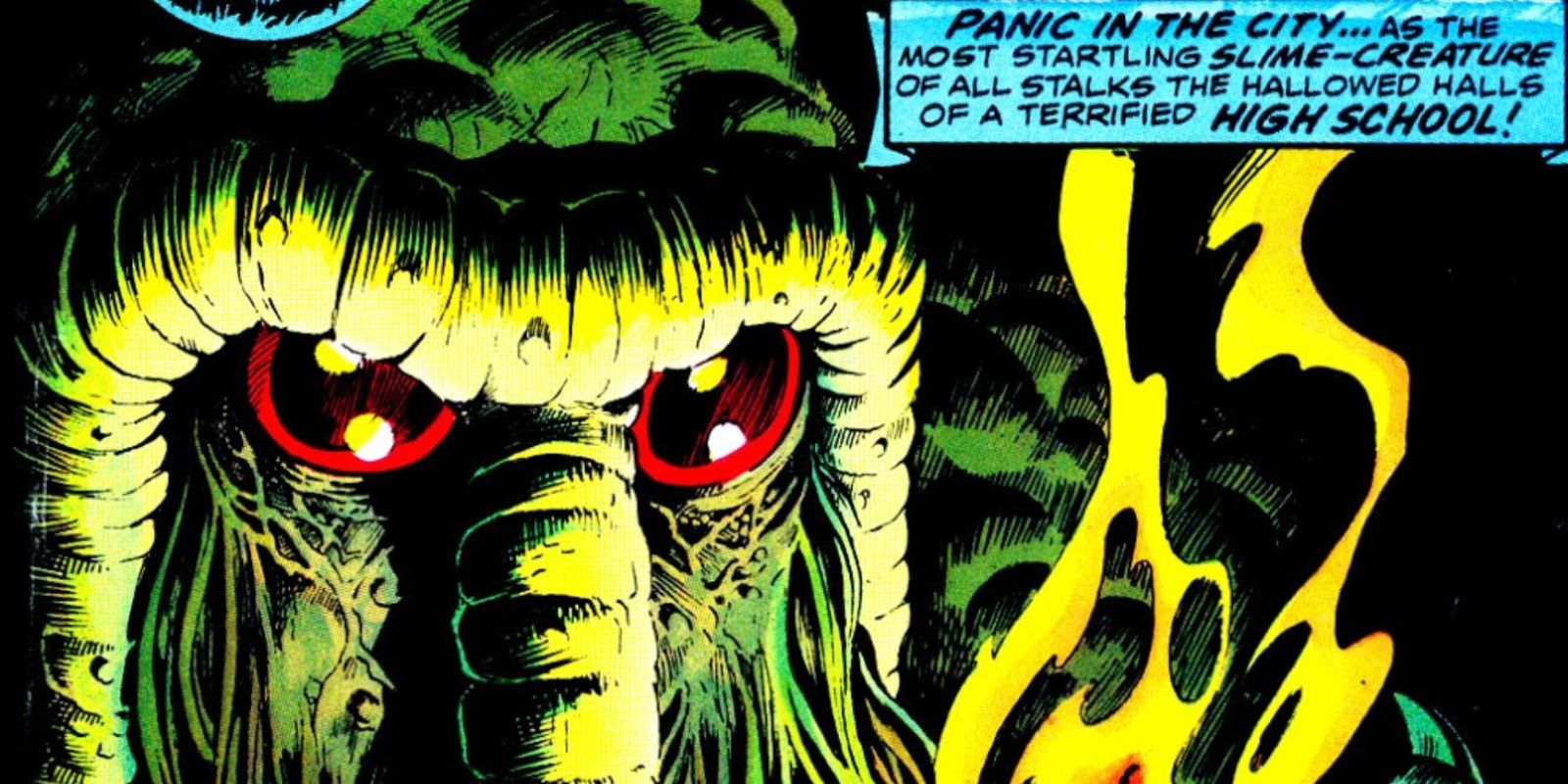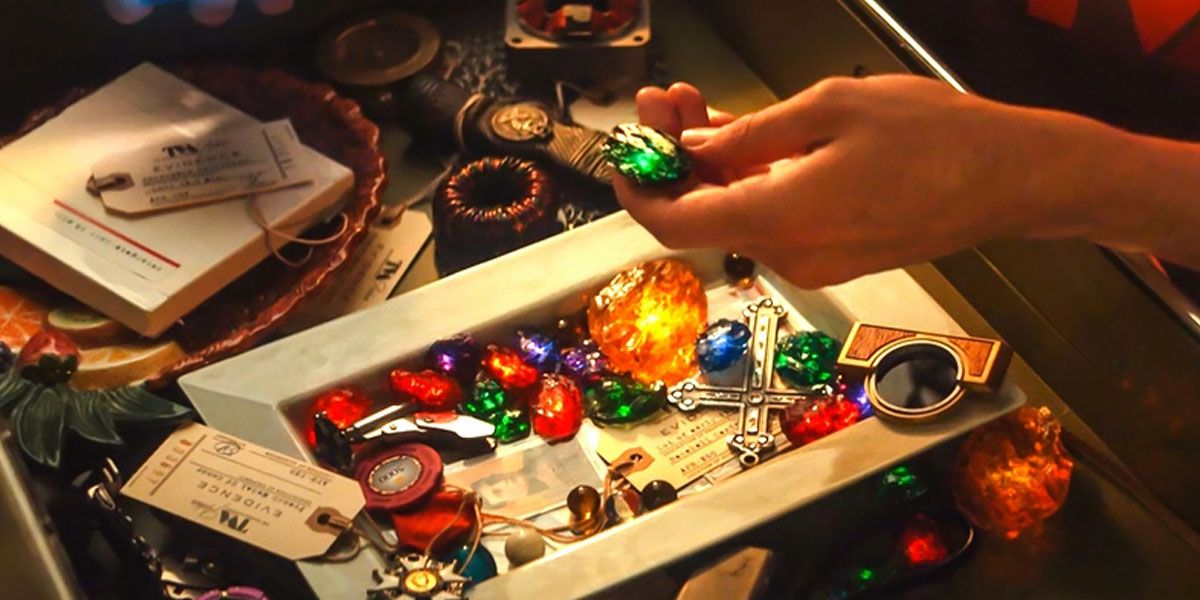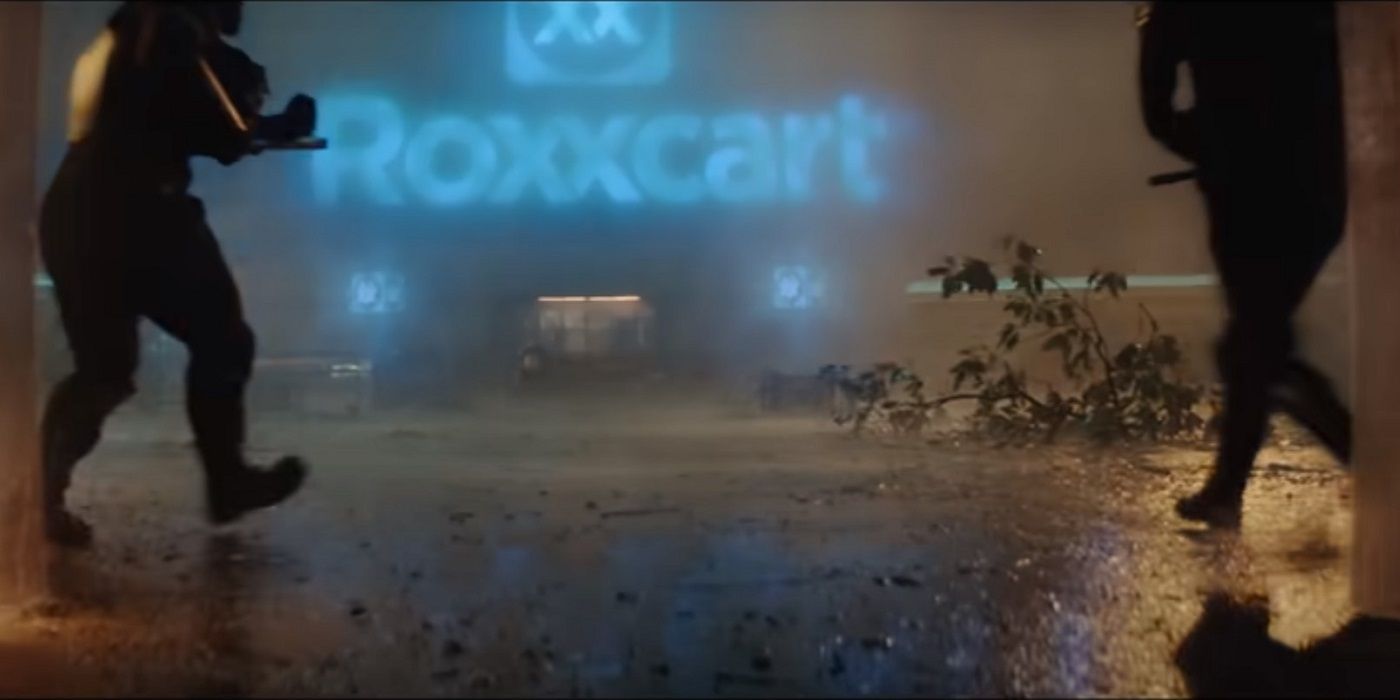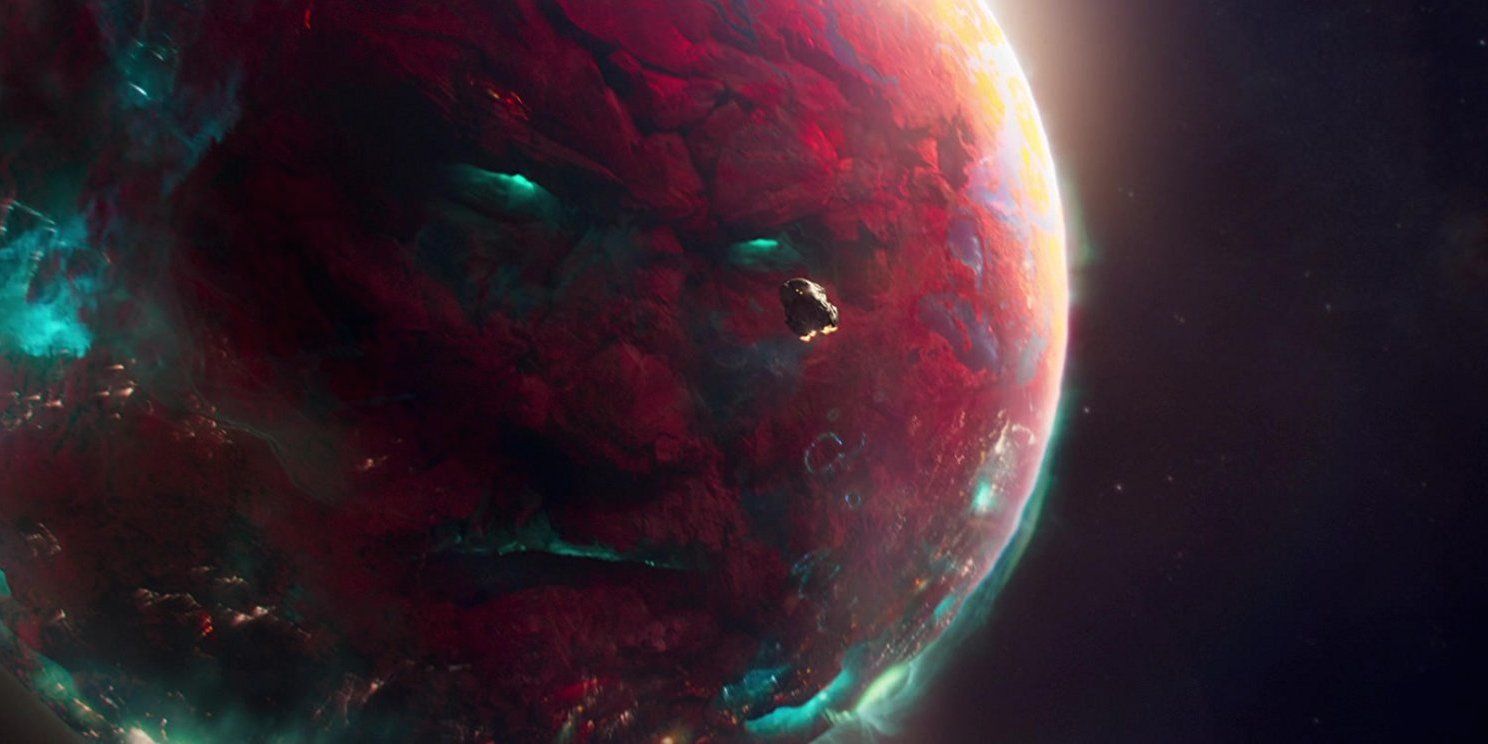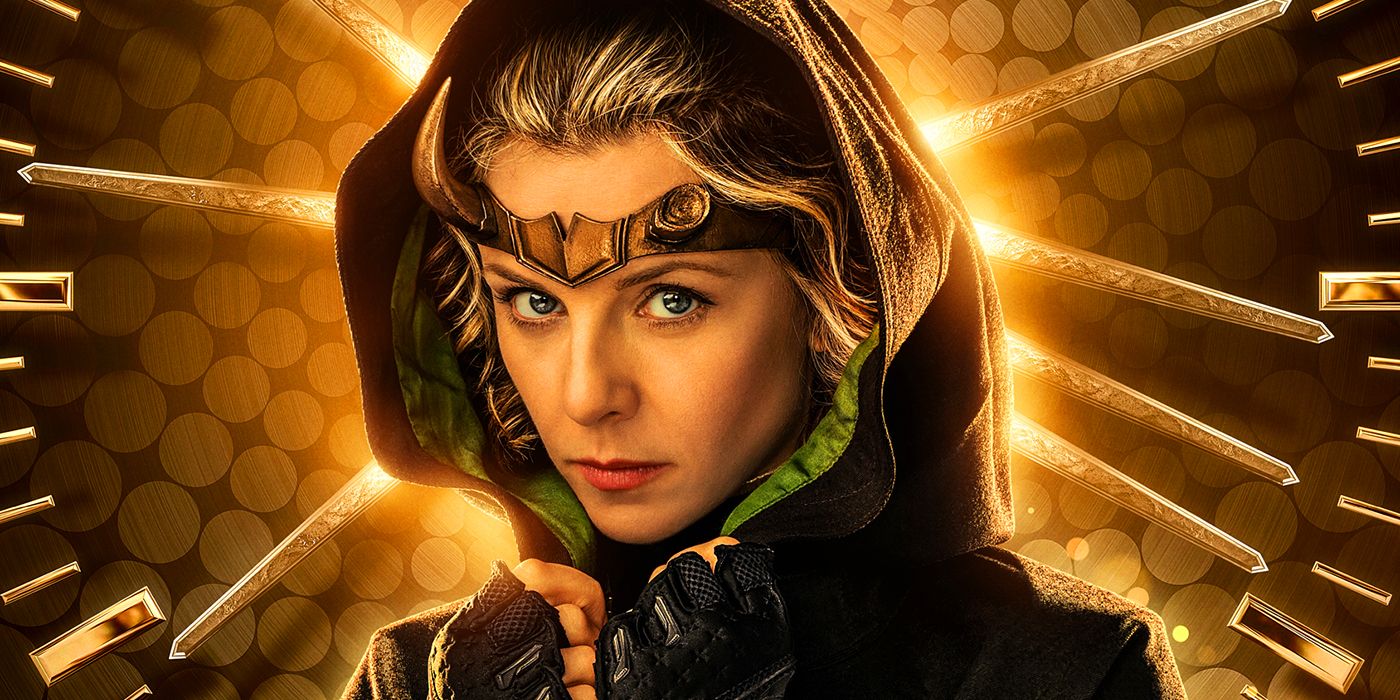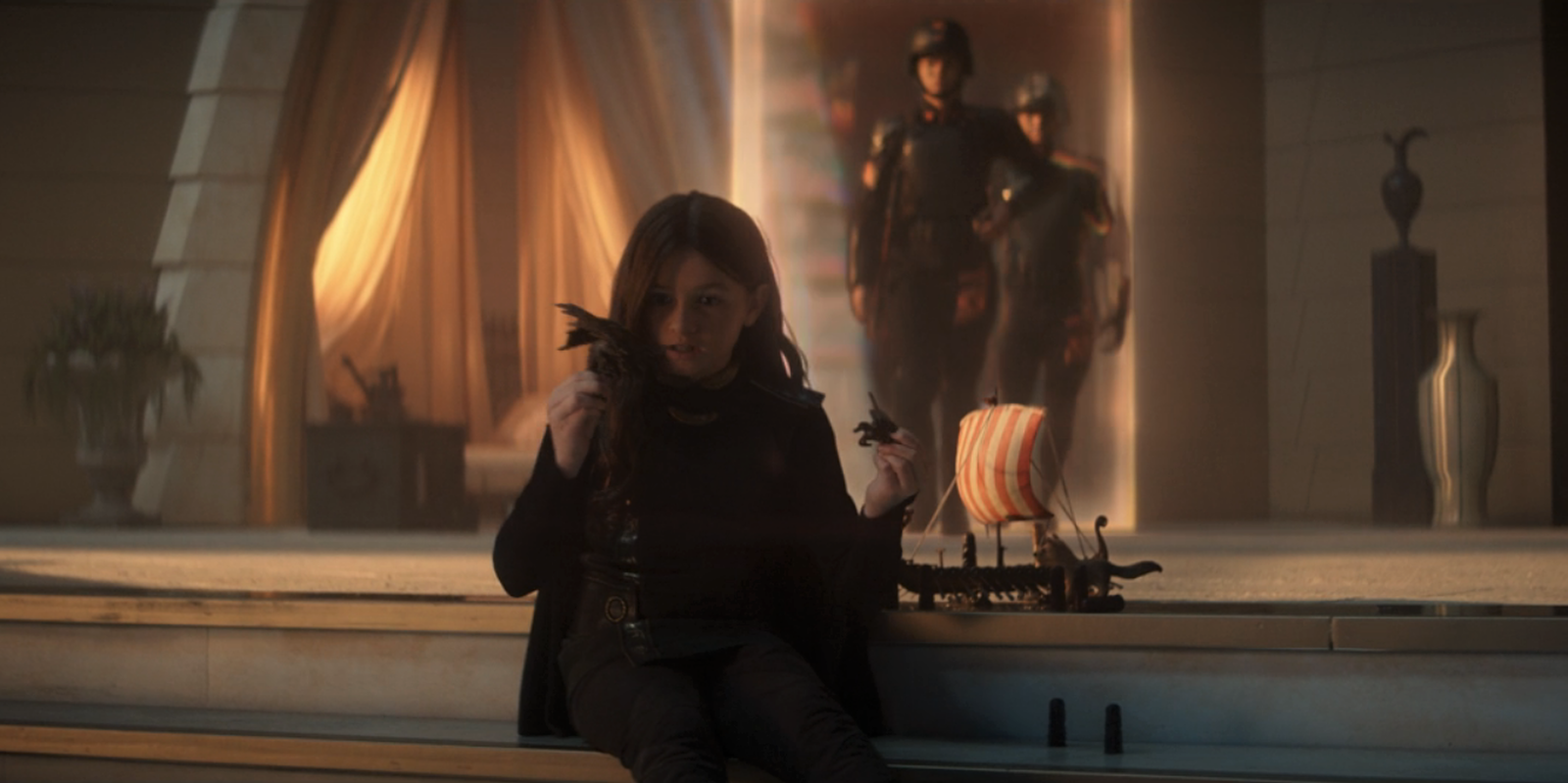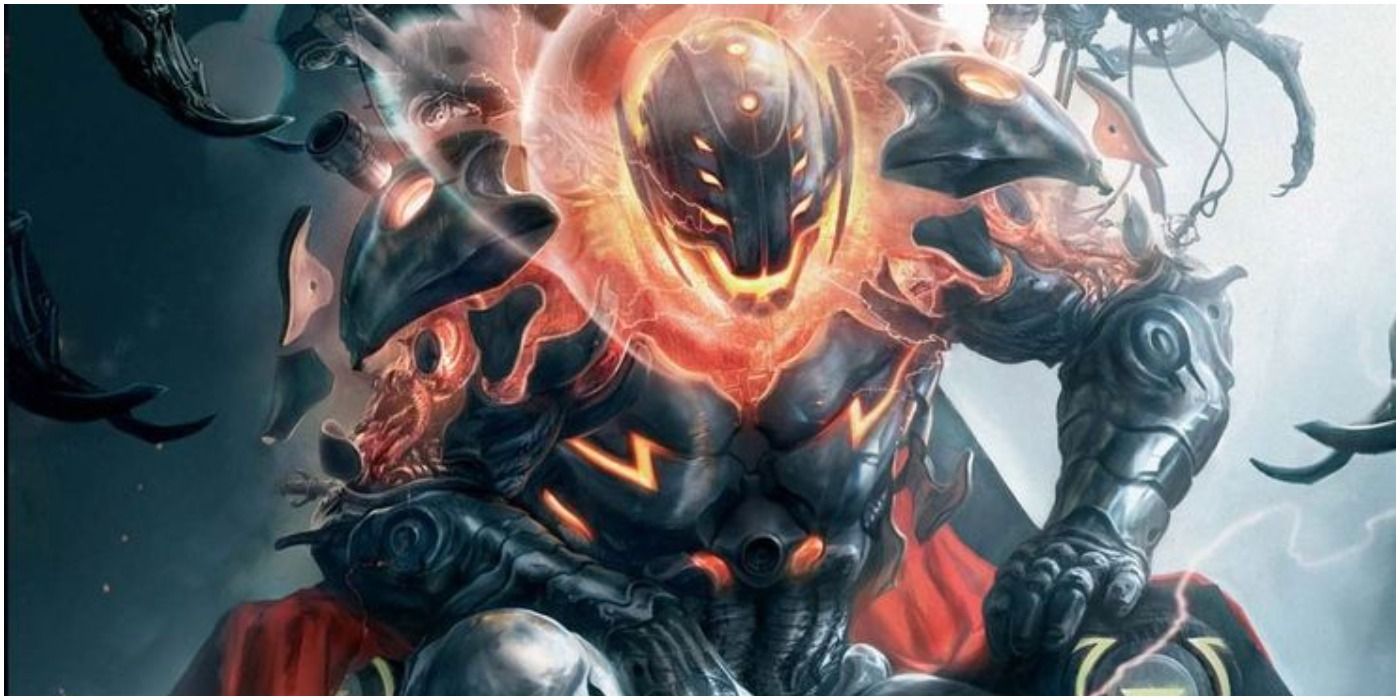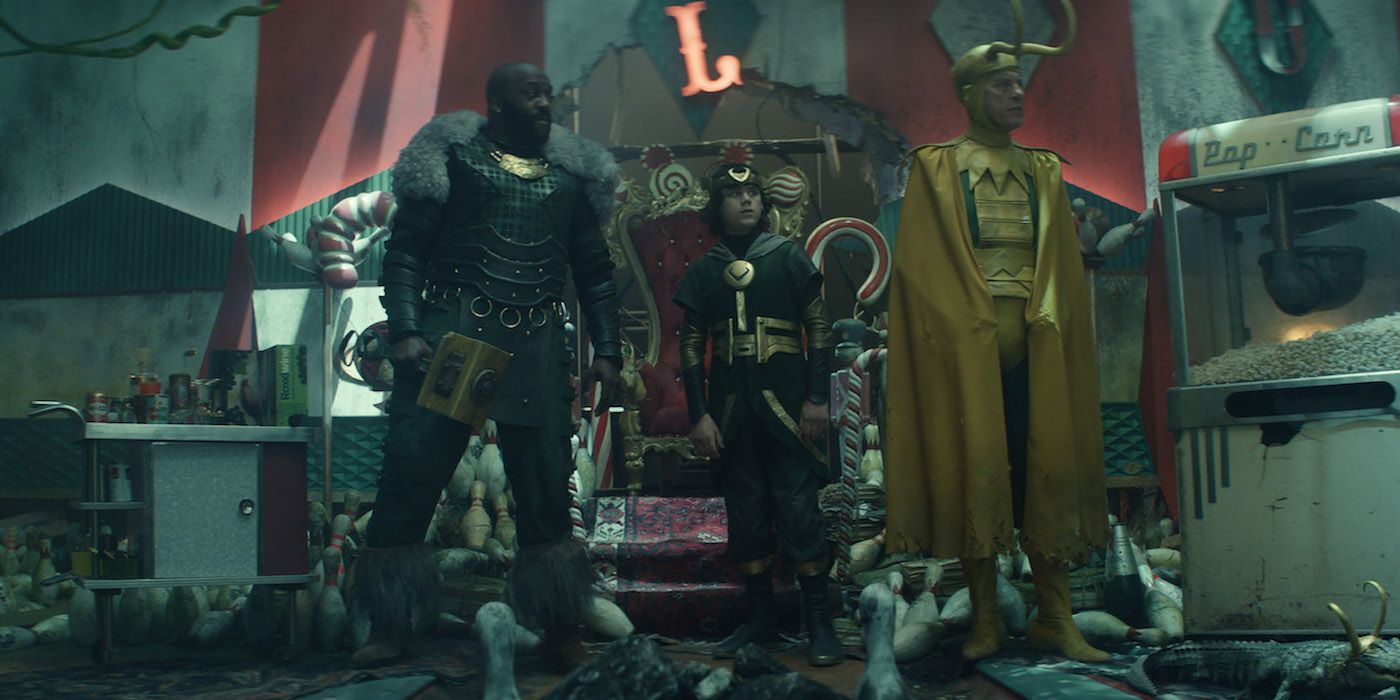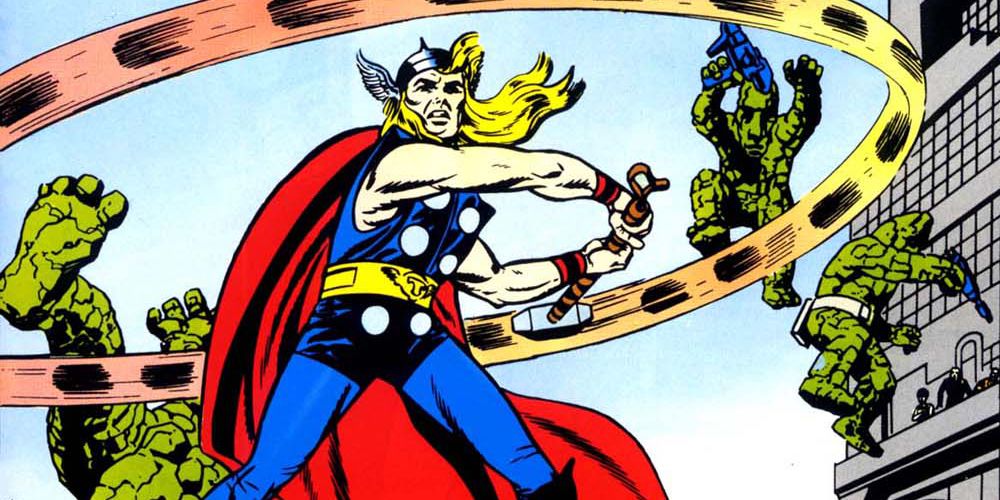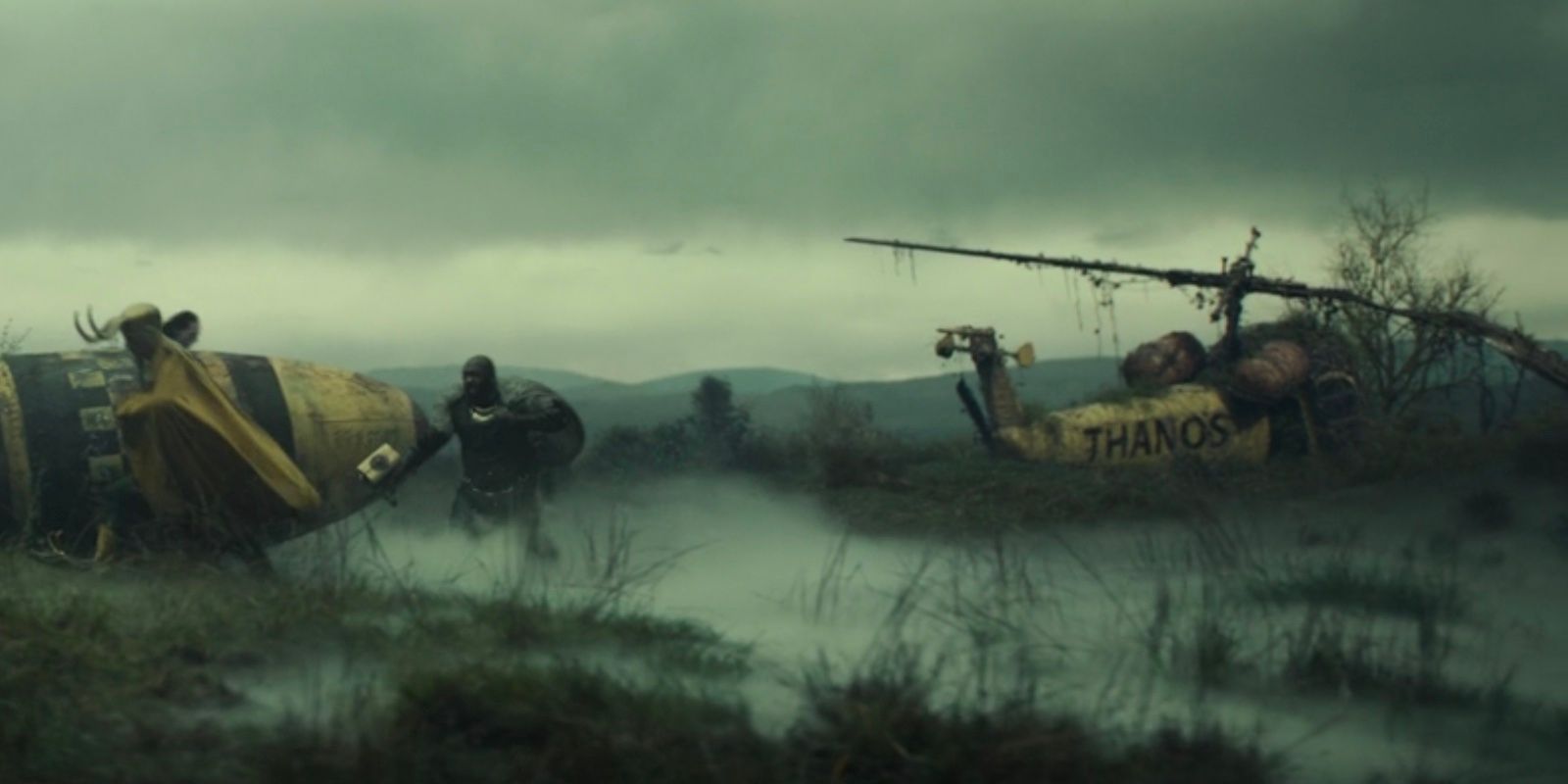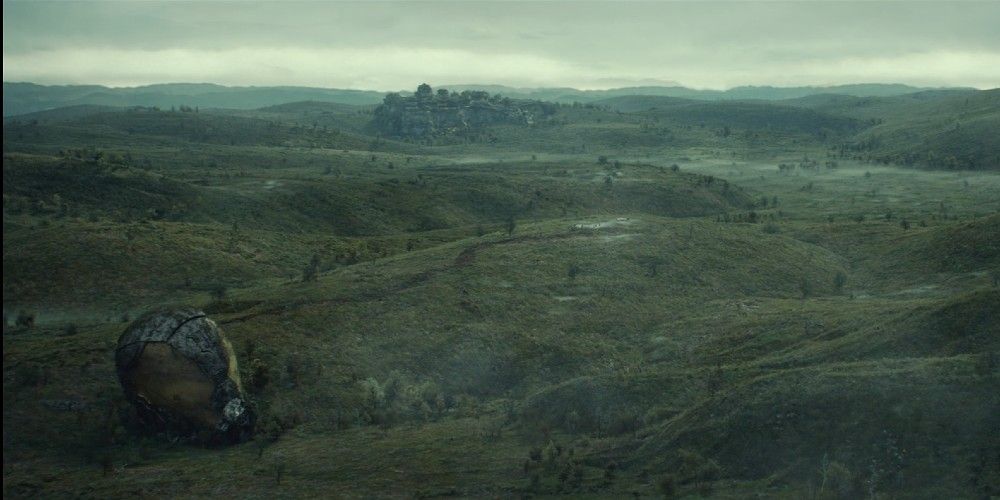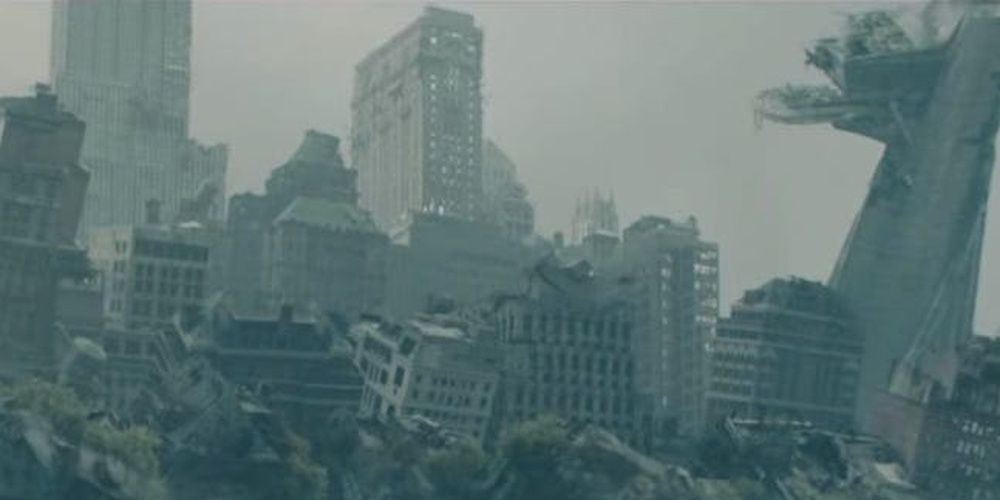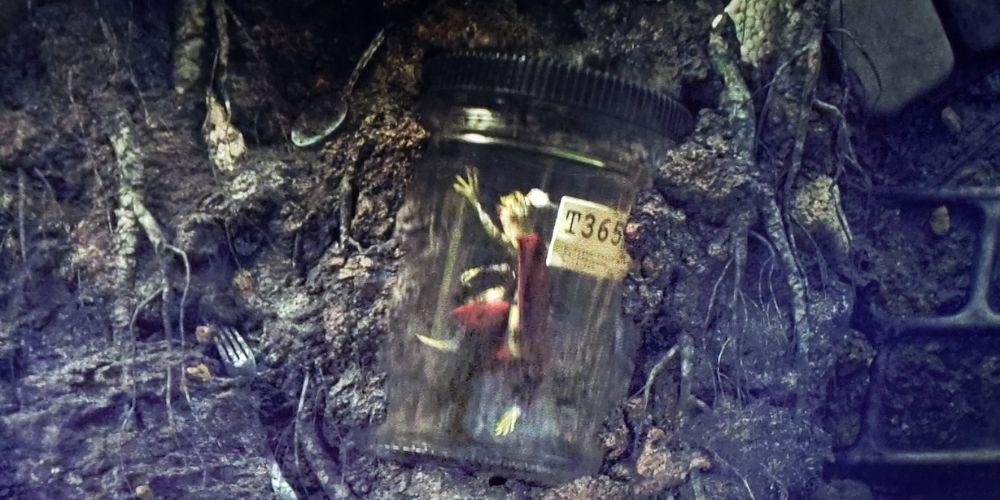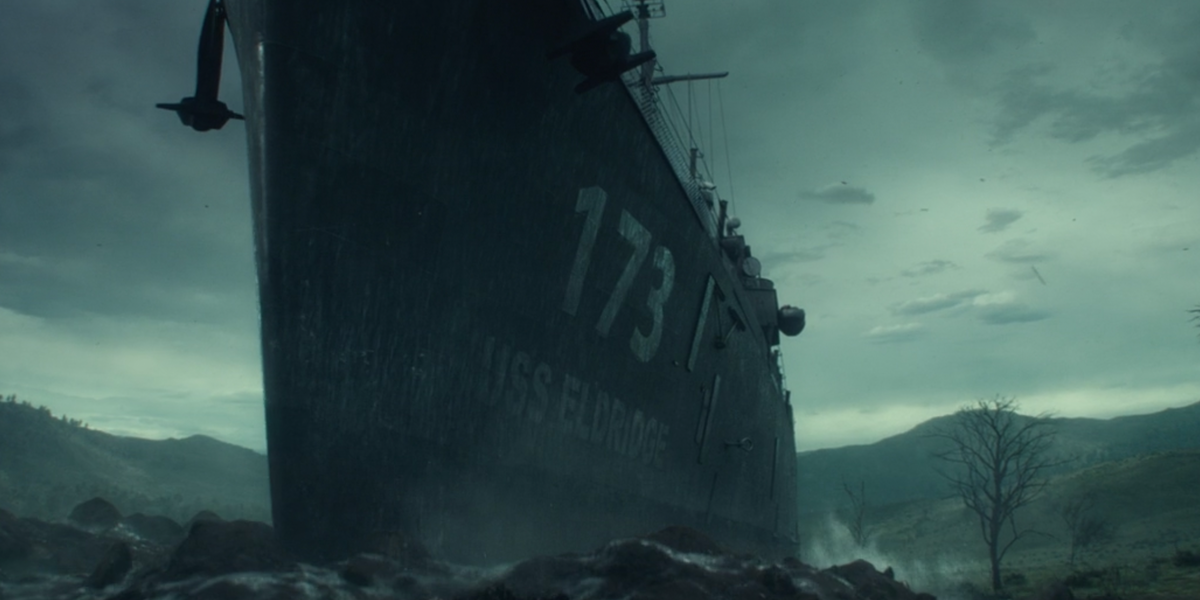The Loki television series on Disney+ includes an array of references to the MCU and the original comics scattered throughout the series. Some are deliberately easy to find while others are only shown for a brief second before cutting away.
This makes sense, as Loki himself has been a centerpiece in the MCU and the nature of the Time Variance Authority implies that they have been a witness to — and perhaps even participants in — many of the most important events throughout the history of the Marvel Cinematic Universe. Thankfully, the nature of a streaming service means the viewer can rewind and pause to find all these little clues and Easter eggs.
Spoilers for all six episodes lie ahead.
15 Ravonna Renslayer And Alioth's Comic Book Origins Hinted At The Finale
Ravonna Renslayer was telling us where the series was headed from the get-go, and the introduction of Alioth should have sealed the deal for the audience. After all, Ravonna Renslayer is a longtime partner and sometimes romantic interest of Kang the Conqueror, and Alioth was a vast predator that tried to consume Kang's native timeline.
14 The Recurring Use Of The World "Nexus" Is Significant
"Nexus" seems to be a key word in recent Marvel television series, considering that this was also the name of the faux drug featured in a commercial segment of WandaVision. The Nexus of Realities is a connecting point of all things in Marvel Comics, and it is guarded by the elemental Man-Thing.
13 The Sling Ring Discarded Next To The Infinity Stones In The Desk
Next to the numerous Infinity Stones in the TVA desk drawer at the beginning of the series is a Sling Ring, a magical tool used by the students of the Ancient One at Kamar-Taj. The Sling Ring is also used by Doctor Strange to create portals that allow him to travel long distances instantaneously.
12 Roxxcart References The Infamous Roxxon Oil Company
Roxxcart itself is a reference to Roxxon, the nefarious Marvel Comics energy company that has caused endless trouble for both the Earth and its heroes over the years.
Notably, Roxxon is responsible for the future creation of Deathlok, and one of its recent CEOs, Dario Agger, can transform into a Minotaur who troubled both Thor and the Immortal Hulk.
11 Time Branches Touch On Other Significant MCU Locations
Particularly in the second episode but also throughout the show, various MCU locations are referenced as being notable locations of branching timelines.
These include Vormir, the location of the Soul Stone; Titan, the decimated homeworld of Thanos; Ego the Living Planet, as introduced in Guardians of the Galaxy Vol. 2; Xandar, the headquarters of the Nova Corps; Jotunheim, home to the Frost Giants; Hala, the capital planet of the Kree Empire; Morag, the location of the Power Stone; and, of course, Asgard.
10 Sylvie Has Her Own Strange Marvel Comics Story
Sylvie seems to be referencing several aspects of classic comics with her presence. Her frequent reference to "enchantment" and blonde hair seems to be nodding towards classic Thor villain Amora the Enchantress. However, she is also a Loki, which seems to reference the times that Loki has slipped into a more feminine form over the years.
Another incarnation of Amora from the comics was a young woman named Sylvie Lushton who lived in Broxton, Oklahoma and became a superhero known as the Enchantress after Loki bestowed magical powers upon her. At the time, Asgard was located on Earth in the plains near Broxton.
9 Sylvie Was Playing With A Fenris Wolf In Her Time
The child Sylvie that viewers get to briefly watch is playing with very specific toys. Among them seem to be the mighty Valkyrie of Asgard, and there's also a giant wolf, likely the Fenris Wolf. Young Sylvie could easily be reenacting the battle between Hela and the Valkyrie for her own amusement.
8 Lamentis Did Actually Exist In Marvel Comics — Briefly
Lamentis doesn't have a vast history in the comics and the show wasn't interested in touching on its true fate. In the comics, Lamentis is a world on the very edge of the Kree Empire, one of the first to fall during Annihilation: Conquest by Dan Abnett, Andy Lanning, Tom Raney, and Scott Hanna. In this conflict, Ultron took the helm of the galaxy-spanning Phalanx, a hive mind of artificial intelligence beings that assimilate organics, like the Borg of Star Trek, and wreaked devastation across the cosmos.
7 Kid Loki, Classic Loki, And President Loki's Comic Book Inspirations
Less of an Easter egg and more of an on-the-face reference, there are several references to Loki lore at the end of time. Richard Grant is dressed in a more classic Loki attire. Jack Veal plays Kid Loki, a reincarnation of Loki who came into being after Loki's death at the hands of the Sentry. President Loki references that baffling time that Loki ran for President of the United States in the comics.
6 What A "Journey Into Mystery" Means In Thor Mythology
The fifth Loki episode, "Journey into Mystery," references the comic in which Marvel's Thor (as he currently exists) first appeared: Journey into Mystery #83 by Stan Lee, Jack Kirby, and Larry Lieber, published in 1962. Kid Loki actually had a stint leading the Journey into Mystery title in 2011 until he was replaced as the lead by Lady Sif.
5 The Thanos Copter Wrecked In The Wastelands At The End Of Time
The Thanos Copter pops up in the wasteland at the end of time as well. This one is referencing a rather comical moment in Marvel history. Thanos used this vehicle to attack Hellcat in an effort to steal a Cosmic Cube she had obtained in 1979's Spidey Super Stories #39 by Nick Sullivan, Michael Siporin, and Jim Salicrup.
4 A Giant Yellowjacket Helmet Was Left Behind In Those Same Wastelands
Yellowjacket, the villain from the first Ant-Man film, apparently also made it to the wasteland — or perhaps just part of his costume.
A gigantic version of his helmet is implanted into the Earth, seemingly left behind after his rather gruesome quantum-powered death at the end of the film.
3 The Decimated Avengers' Tower Is Visible In The Background
Avengers Tower can also be seen in the background of the wasteland. It is destroyed and in a state of ruin, and it also says that it's owned by Qeng Enterprises. Qeng was owned by Mr. Gryphon, yet another alias of Kang the Conqueror who originated in an alternate timeline.
2 Poor Throg Is Buried Deep Beneath The Ground
In Norse mythology, there's a story where Loki tricks Thor and turns him into a frog, and this story was reimagined in Marvel's Thor comics. Frog Thor, aka Throg, can be seen in a jar buried beneath the wasteland in "Journey into Mystery," where he's trying desperately to hop through the glass to reclaim Mjolnir.
1 Numerous Random Government Conspiracies Are Referenced
There are also a couple of references to conspiracy theories hidden in "Journey into Mystery." Classic Loki's throne is a Polybius arcade machine, which is an urban legend about an arcade machine used by the government as a psychological experiment on the unwitting populace.
There's also a naval ship that drops in front of Alioth bearing the name USS Eldridge, infamous for its involvement in the alleged 1943 Philadelphia Experiment, during which the Eldridge is said to have turned invisible — or possibly teleported.

